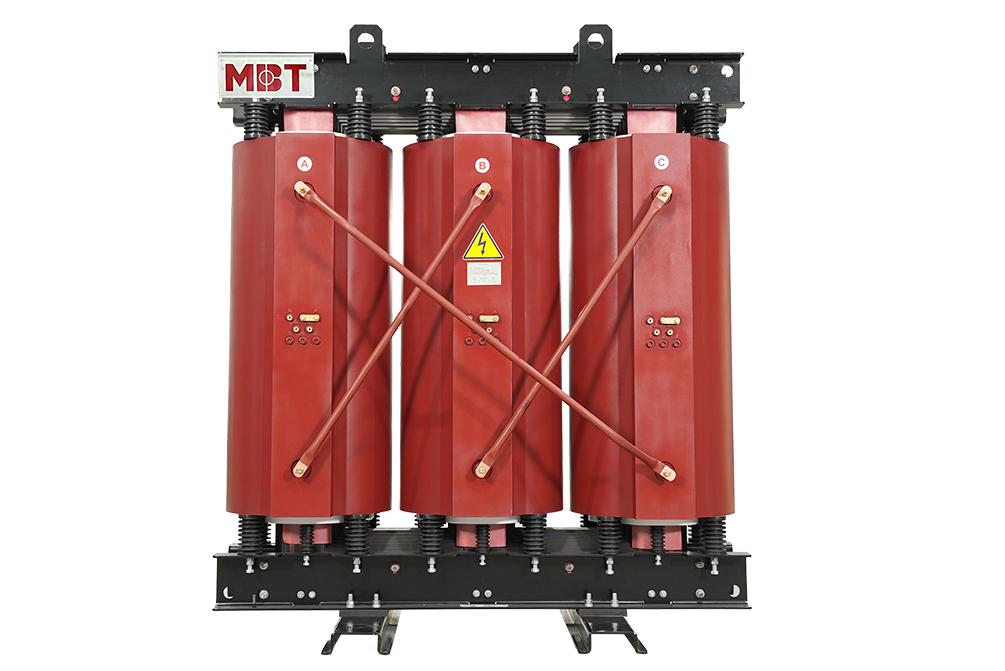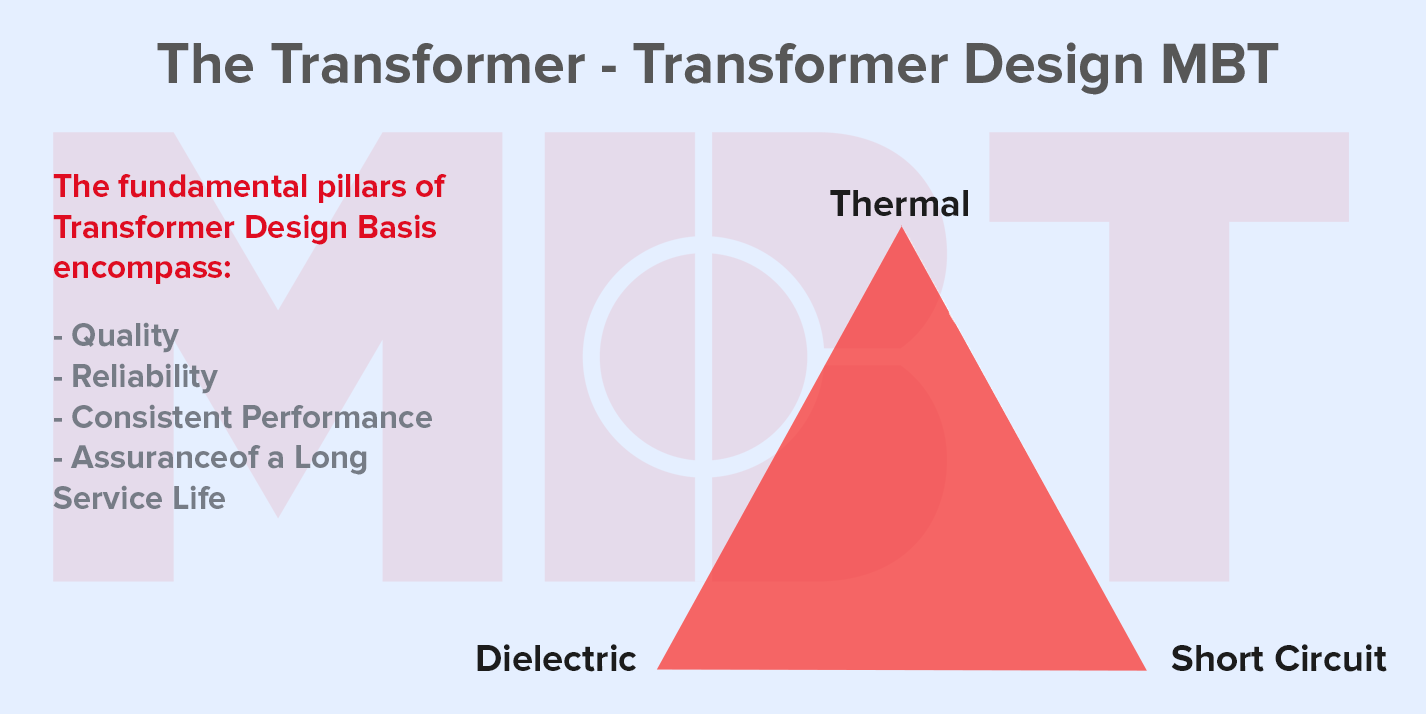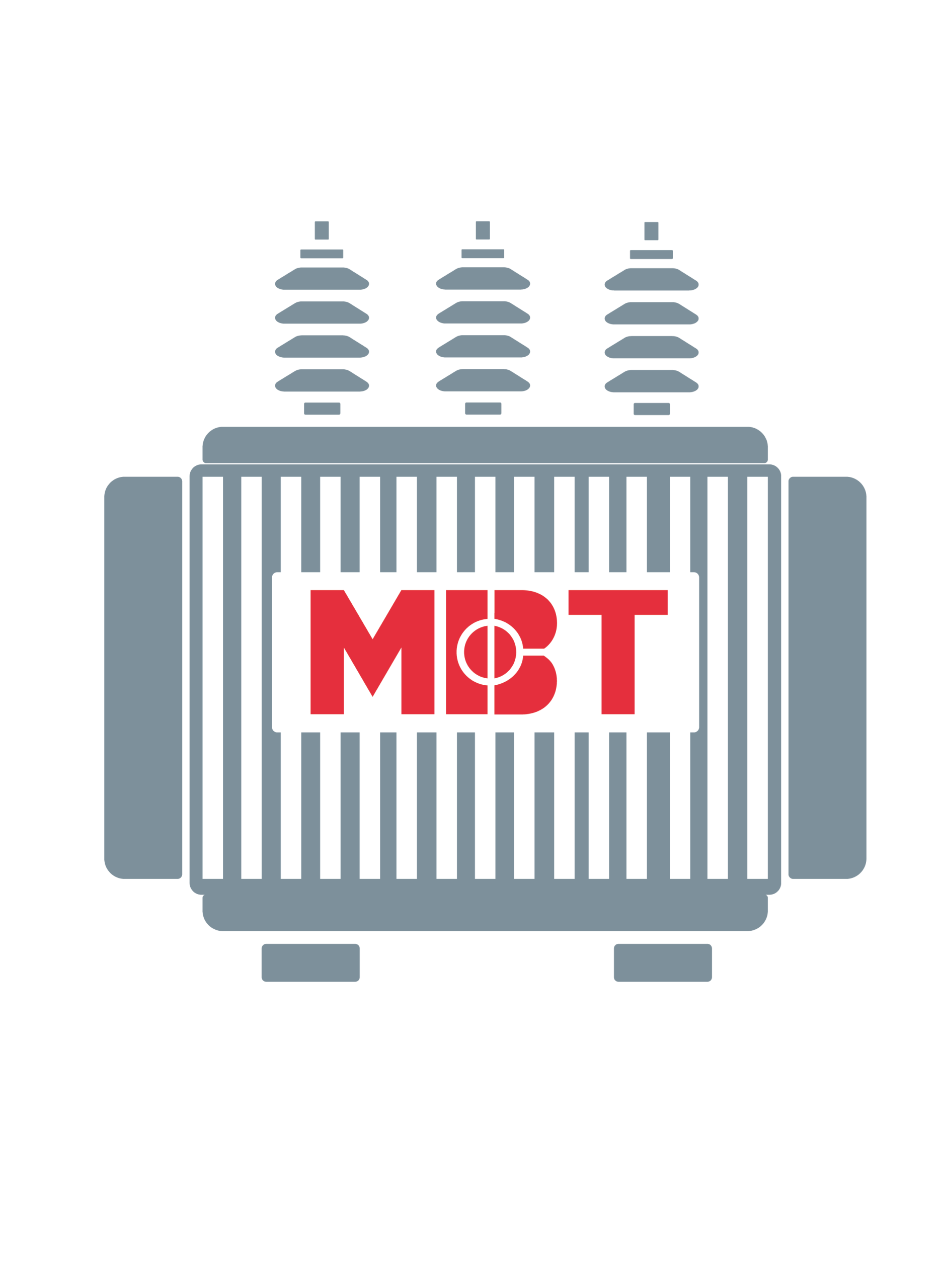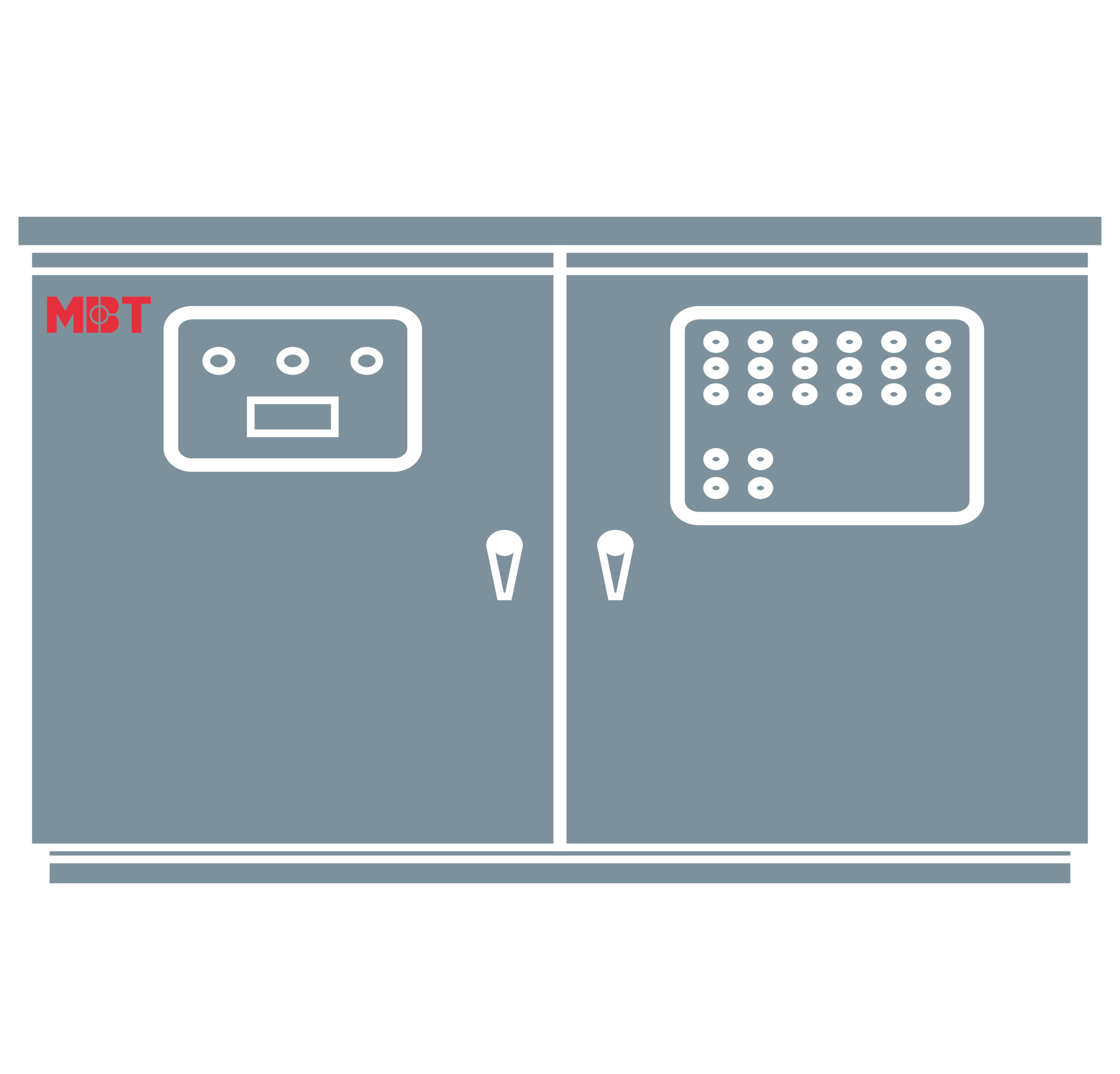
Sweep Frequency Response Analysis Test| MBT Transformer
Sweep Frequency Response Analysis Test| MBT Transformer
SFRA is a very reliable and sensitive method or tool to measure the condition of the windings, core, and clamping structures within power transformers.
Sweep Frequency Response Analysis Test or short SFRA Test can be carried out to detect efficiently some problems such as faulty core grounds, displacement of transformer core, deformation and displacement of winding, the collapse of partial winding, short-circuited turns, open winding conditions, broken or loosen clamp connection.
Table of content
Principle of SFRA Test
In a transformer, each winding turn is separated from the other by insulating paper that acts as a dielectric and the windings themselves have inductance and resistance, a transformer can be considered as a complicated distributed network of inductance, resistance, and capacitance or in other words a transformer is a complex RLC circuit.
Therefore, each winding of the transformer exhibits a specific frequency response. In Sweep Frequency Response Analysis, output voltage Vo is measured at the other end of the winding and a sinusoidal voltage Vi is applied to one end of the winding. Other windings are kept open. Since the winding is itself a distributed RLC circuit it will act like an RLC filter and gives different output voltages at different frequencies.
That means we will get different output voltages at different frequencies depending upon the RLC nature of the winding if we keep increasing the frequency of the input signal without changing its voltage level. If we plot these output voltages against the respective frequencies, we will get a specific pattern for a specific winding. But after transportation, transient switching impulses, heavy short circuit faults, and lightening impulses, etc, if we do the same Sweep Frequency Response Analysis test and superimpose the present signature with the previous patterns and observe some deviation between these two graphs, we can confirm that there is mechanical displacement and deformation occurred in the winding.
In addition, the SFRA test also helps us to compare the physical condition of the same winding of different phases at the same tap position. It also compares different transformers of the same design.
Problem detection
SFRA analysis can be carried out to detect problems in transformers such as:
- winding deformation – axial & radial, tilting, spiraling, like hoop buckling
- partial winding collapse
- grounding faults of cores or screens
- broken clamping structures
- problematic internal connections
- displacements between low and high-voltage windings
- core movement
- shorted or open turns
Application
SFRA can be used in the following cases:
- Pre-commissioning check
- To obtain the initial signs of a healthy transformer for future comparisons
- Periodic checks as part of regular maintenance
- Immediately after a significant external event like short – circuit
- Transportation or relocation of transformer
- Studying earthquakes
- Pre-commissioning check
References
Dissolved Gas Analysis (DGA) Test of Transformer Oil
Open Circuit and Short Circuit Test of Transformer














